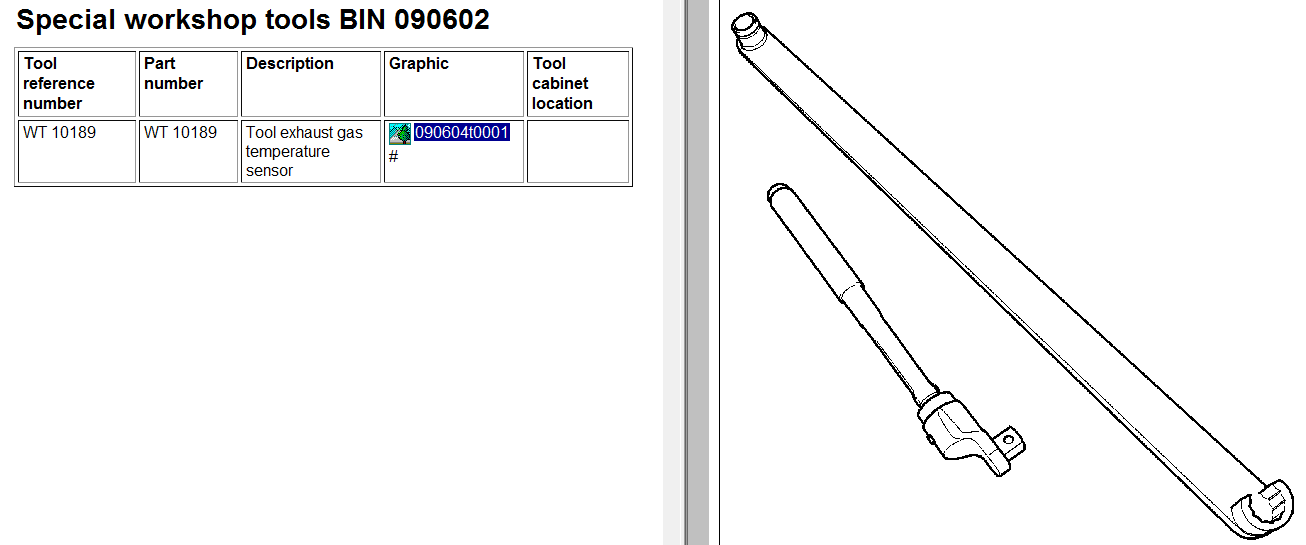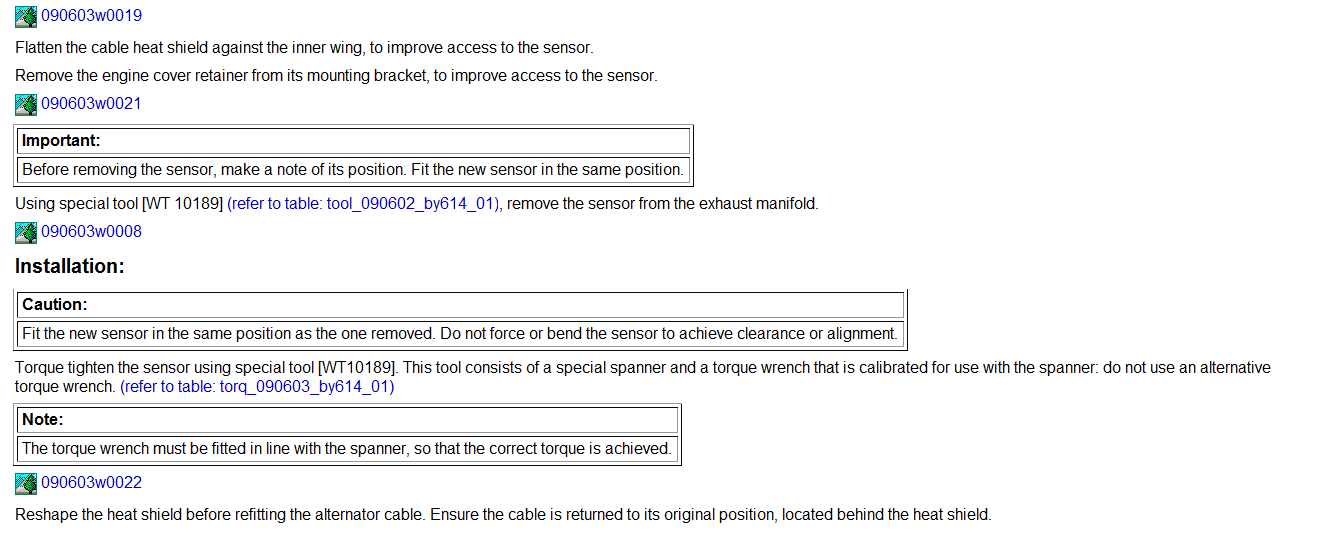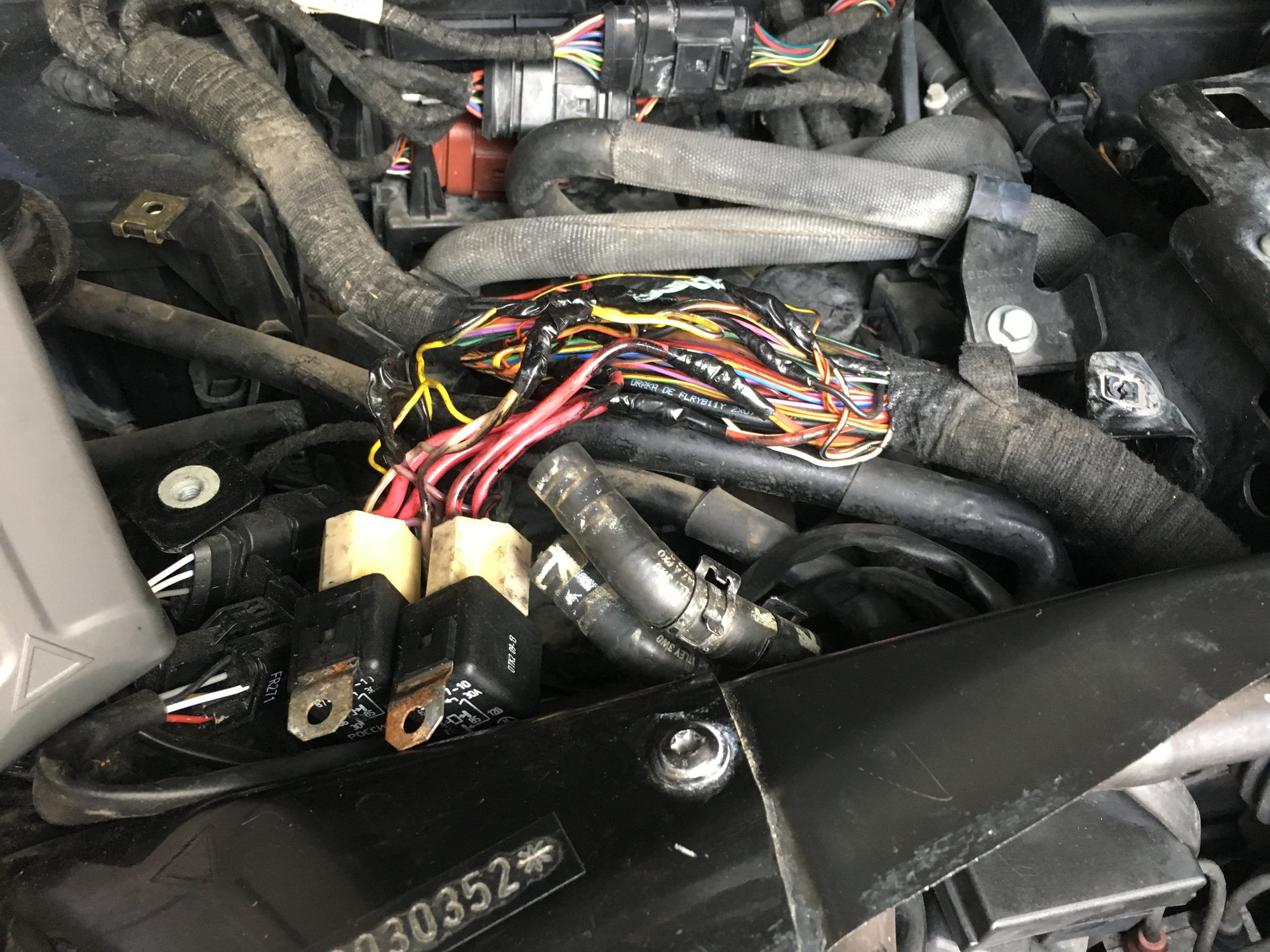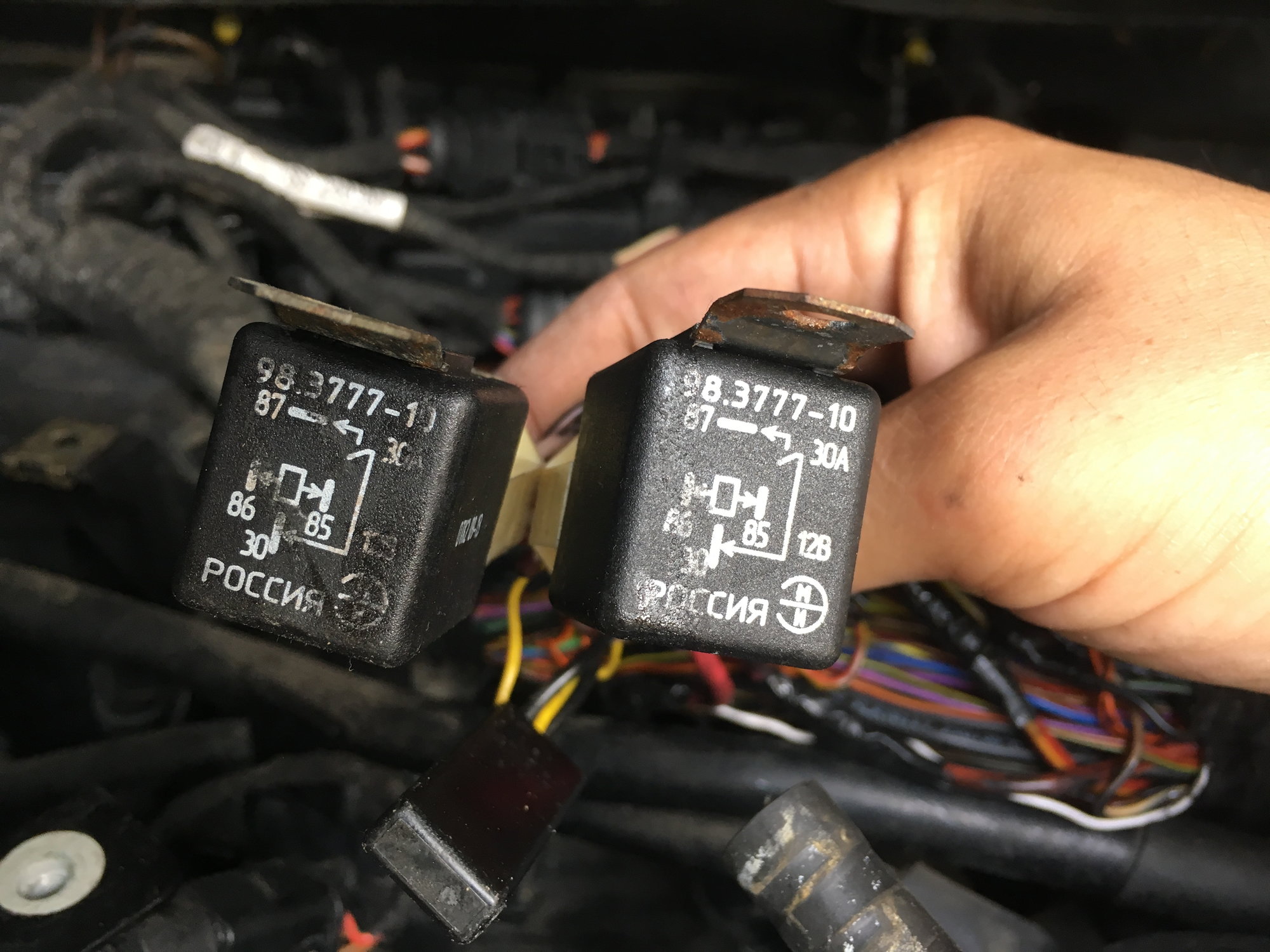Faut code Continental GT.
#2
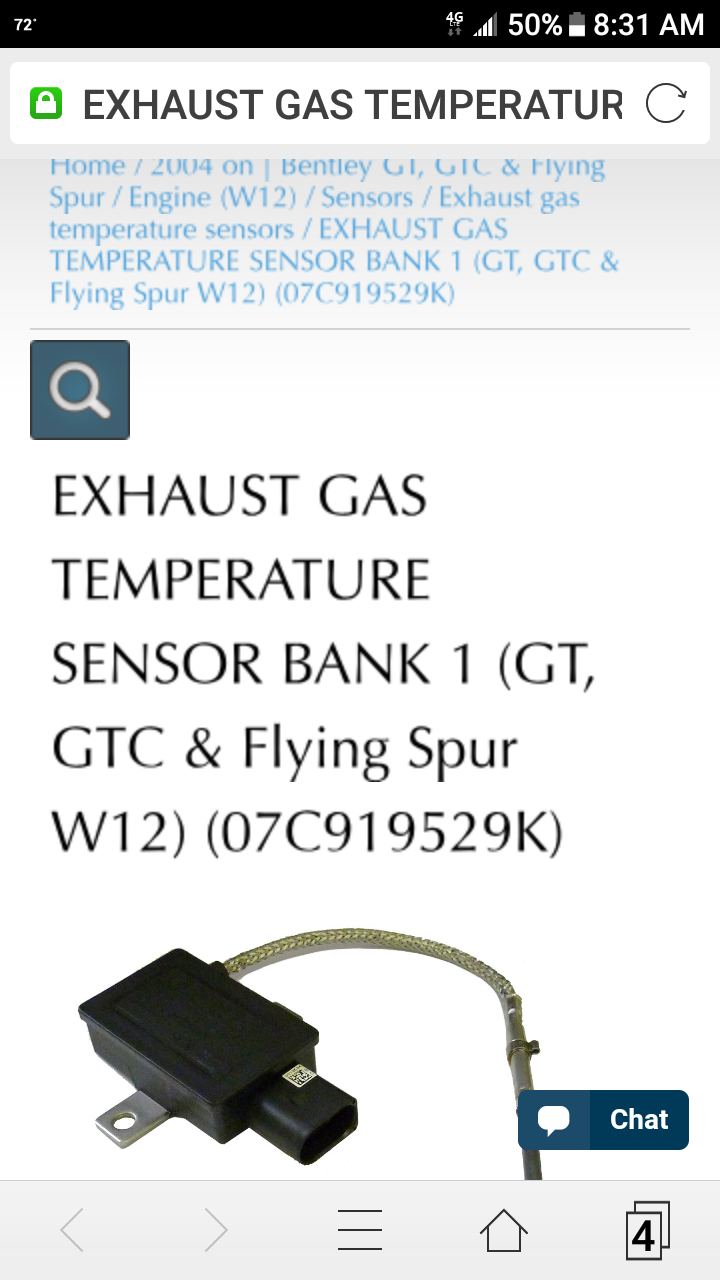
Bank one exhaust temperature sensor. Is there a check engine light? Otherwise a pending code, the computer sees a deviation from its parameters. On a 2005 the old unit has a brown enclosure. The old brown units all fail eventually. So worth changing. This one is on the passenger side right side. The module is under the air cleaner box and can be seen without removing anything. Small square box with a stainless steel cable running towards the rear of the car. The new units are black.
Remember sometimes these trouble codes occur and changing the sensor does not fix the problem. The wiring and condition of everything has to be double checked.
The purpose of this module is to detect exhaust temperatures. This probe will protect the engine and turbo by switching to limp mode, or telling the ECU to adjust engine output.
Last edited by 1eapplebaum; 07-03-2019 at 07:32 AM.
#6
18265 is difficult to diagnose. It is not a fault with a direct cause; instead, it is the ECU reporting that it is not getting all of the requested/required inputs from various sources that it relies on to maintain integrity. In the VAG world some of the more common causes of P1857 are a faulty ABS module, sometimes a faulty MAF. But remember, it represents a signal missing or lost. It could just as easily be a connection (connector) path.
Finally, another cause common in Bentleys is water ingress/damage to the ECU itself. So, if you're going to diagnose this, first start with a code delete, drive the car, see how quickly the 1857 comes back (if at all). If it comes back, start with the easy things. Visually inspect the ECU, look for water damage; check all of the major connections you can get to. If you're convinced there is integrity in the connections and dry ECU(s) that do not show evidence of past water ingress then you'll need to go to a different level to find the culprit component.
Finally, another cause common in Bentleys is water ingress/damage to the ECU itself. So, if you're going to diagnose this, first start with a code delete, drive the car, see how quickly the 1857 comes back (if at all). If it comes back, start with the easy things. Visually inspect the ECU, look for water damage; check all of the major connections you can get to. If you're convinced there is integrity in the connections and dry ECU(s) that do not show evidence of past water ingress then you'll need to go to a different level to find the culprit component.
#7
Trending Topics
#9
Yanacha - Have you replaced the defective EGT sensor? I suggest you do that first as it might have generated the 18265.
After that repair, delete the 18265 code
Drive until full coolant temperature is reached
Check to see if 18265 appears again.
Do these steps first, then if 18265 is returned begin by visually inspecting the area surrounding the 2 ECUs, fuse panel and associated cabling. Look for evidence of water ingress.
With this code, it is best to use a process of elimination.
After that repair, delete the 18265 code
Drive until full coolant temperature is reached
Check to see if 18265 appears again.
Do these steps first, then if 18265 is returned begin by visually inspecting the area surrounding the 2 ECUs, fuse panel and associated cabling. Look for evidence of water ingress.
With this code, it is best to use a process of elimination.
#13
That probably is not the problem. Re-read BWings explanation.
The Audi group recommends changing both sensors right and left. Possibly, is the other sensor the old style? Not saying this is the problem but worth checking.
The Audi group recommends changing both sensors right and left. Possibly, is the other sensor the old style? Not saying this is the problem but worth checking.
Last edited by 1eapplebaum; 07-15-2019 at 05:27 PM.
#15
Those are relays and they do go bad at times. I could be wrong, but they don’t look factory. And those wires look “burnt” to me. Hopefully one of the resident mechanics will come by today with some insight.





